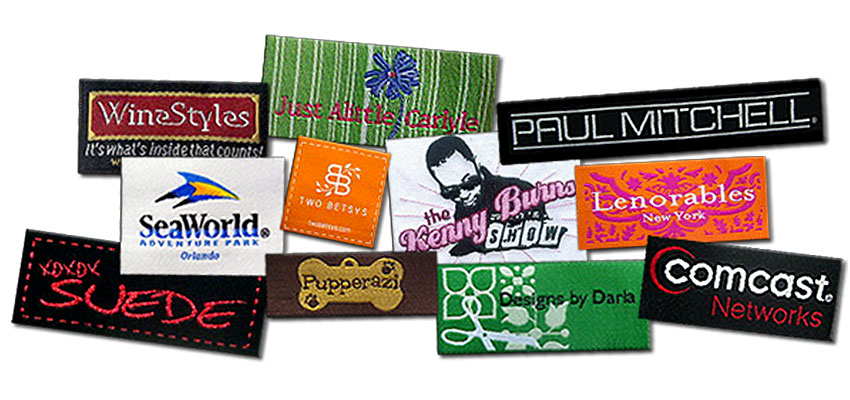Clothing labels were first used by unionists to portray a message of activism against employers and oppression in the garment industries. After the Second World War, they came to be used as a marketing tool for companies to advertise their presence to consumers in the market. Currently, clothing labels are used to give care instructions on garments and further indicate the size of each garment as well as reinforce the branding objectives of the company whose clothing it appears on. The technology employed in clothing continues to become more and more advanced, with 3D-printed clothing becoming increasingly popular.
Where are clothing labels placed?
Different companies place the clothing labels at different parts of a garment, those most garment manufacturers place them in the collar location of sweaters, pull overs, t-shirts and skirts. In rare cases they are placed on the side seams as well as the hem (though in rare cases.) In 1974, clothing labels became a regulatory requirement in the US as they provide instructions to guide buyers on the best way to take care of the clothes.
Types of clothing labels
Clothing labels are broadly categorized into:
- Woven
- Digital
- Printed
Woven Labels
Woven labels use threads with a touch of artwork and handwork to produce a stylish label. Top clothing designer brands use woven labels to produce a customized clothing label. The material used to weave the label is durable and doesn’t fade easily, guaranteeing a great piece of artwork. The main advantage of a woven label is that it shows your style and personalized information on the garment itself.
Printed Labels
These types of labels are used in screen printing to design the label and add visual effects such that a touch of beauty and artistic outlook is added. They are mostly available in black, white and unbleached colors with organic fabrics which cannot bloat or bleed on to the clothing when in contact with water. These labels typically feature “clean” designs with angular lines and curves clearly displayed on them.
Digital Labels
This is an advanced form of printed labels that makes use of an ink jet printing process. These labels are embedded with multiple colors which are arranged to produce a more refined and high quality clothing label. This is the most modern way of producing clothing labels but the quality is not as high as with woven labels. All you require is a little knowledge of graphic design and graphic applications to create a complex design and then command the computer to print it on the clothing. Color insertion is unlimited and these labels are durable and have a professional and classic touch.
In conclusion, clothing labels are a mandatory accessory for many pieces of clothing. A good label should be placed on any part of the garment and have all its care instructions clearly written on it. It should also have the country of origin so that one can translate the size equivalent to the standards of the country they are purchasing it in. Most garment manufacturing companies allow you to design your own information and the type of label and this is definitely something worth considering if you have the budget for it

 English (UK)
English (UK)  فارسی
فارسی 
